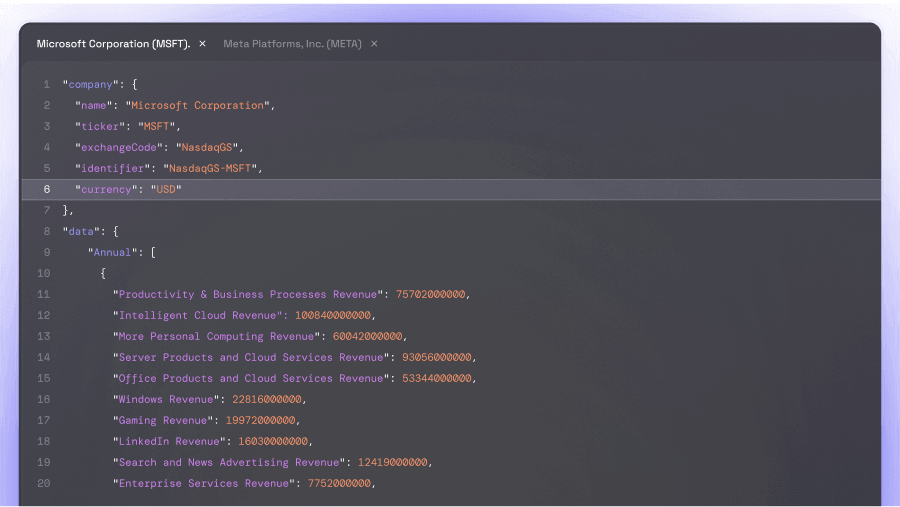What is Ontology (ONT)?
Ontology is a project focused on introducing trust, privacy, and security to Web3 through decentralized identity and data solutions. It aims to build the infrastructure necessary to offer reliable access to Web3, enabling both individuals and enterprises to be confident that regulatory-compliant digital identity solutions prioritize user privacy. The Ontology blockchain is a high-speed, cost-effective public blockchain. It is engineered to deliver decentralized identity and data solutions to Web3, aiming to enhance privacy, transparency, and trust. This allows users and enterprises the flexibility to create blockchain-based solutions tailored to their needs while maintaining regulatory compliance. Through Ontology’s Ethereum Virtual Machine (EVM), Ontology ensures seamless compatibility with Ethereum, marking the initial phase in the development of the Ontology Multi-Virtual Machine and enhancing chain interoperability. At its inception, Ontology opted against the widely used initial coin offering (ICO) model, instead implementing community distributions and airdrops of its ONT cryptocurrency. This approach facilitated rapid organic price discovery and the formation of a dedicated community, while circumventing potential regulatory challenges. For instance, for a limited time, individuals who subscribed to the Ontology newsletter received an airdrop of 1,000 free ONT, which quickly attained a value of $10 per token following its listing on major exchanges like Binance. Ontology successfully launched its own MainNet on June 30, 2018, and it has been operating smoothly since then.














